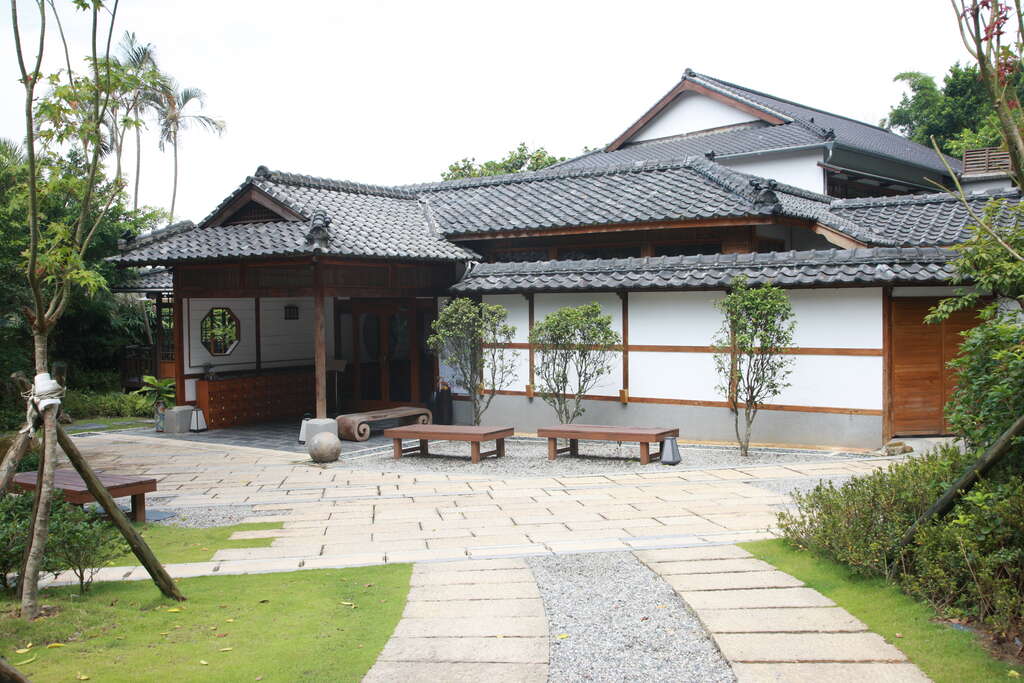Beitou Museum Introduction
The Beitou Museum officially opened to the public as a private museum in 1984. This elegant garden, situated among the mountains and covering an area of 800 ping, features a two-story wooden Japanese-style building built in 1921. At that time, it was the finest "Jia Shan Hot Spring Hotel" in the Beitou area. In 1983, the founder Mr. Zhang Chunming revitalized the historic site for reuse as a museum and established the "Taiwan Folk Arts and Crafts Museum," which was officially renamed "Beitou Museum" in 1987. The Beitou Museum is dedicated to preserving and showcasing early Taiwanese folk art and cultural artifacts, with nearly 5,000 items in its collection, primarily focusing on Taiwanese folk crafts from the late Qing Dynasty to the 1970s, including over 1,000 artifacts from Taiwan's indigenous peoples and more than 3,000 artifacts from the Han ethnic groups, primarily Min and Hakka. For dining, the Beitou Museum has a restaurant called Yi Ran Ju, which offers exquisite and creative kaiseki cuisine as well as afternoon tea. It also provides space for small meetings. The outdoor cherry blossom viewing platform offers a close-up view of Danfeng Mountain and a distant view of Guanyin Mountain, allowing visitors to enjoy specially crafted healthy light meals—nourishing creative kaiseki cuisine—amidst beautiful scenery, providing a tranquil getaway to savor slow living. Culturally, the museum currently utilizes its large hall for performing arts, cultural activities, as well as banquet and conference venues, fully employing the revitalization of the historic site. The museum regularly organizes various experiential courses, such as tea ceremony experiences, formal tea ceremony classes, wagashi (Japanese sweets) experiences, and Jia Shan birthday celebration activities. *Currently operated by a private entity.



















